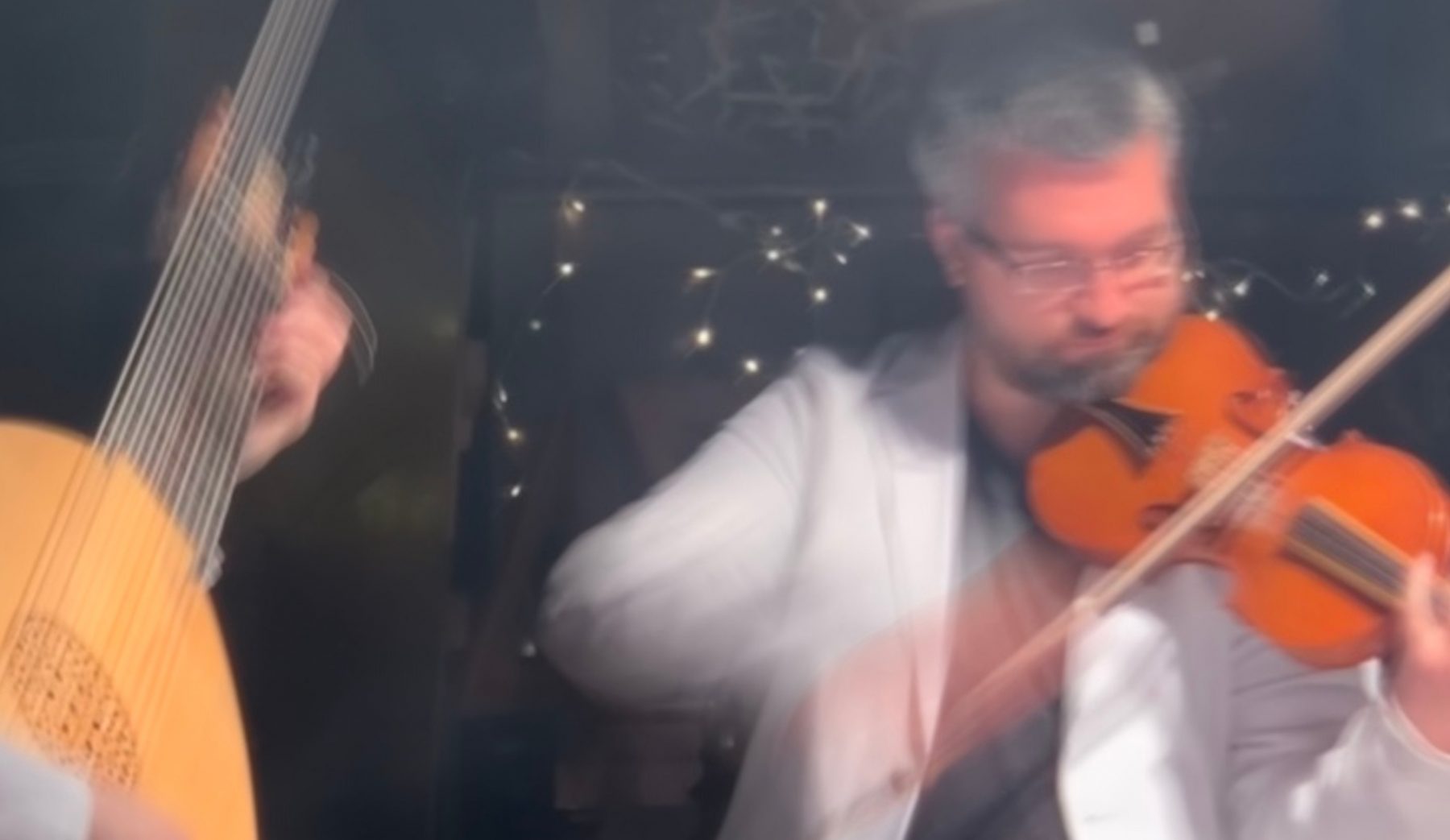New evidence on the 18th-century Scottish composer
One of the most enigmatic figures in 18th-century Scottish music is Alexander Munro, composer of the the Recueil Des Meilleurs Airs Ecossois published in Paris in 1732, and described by Hawkins as a ‘native of Scotland’. This volume was not only some of the first Scottish music written for flute, but was very influential to 18th-century Scottish music, arguably creating a new genre: the Scottish variation sonata. Here a single Scots air is transformed into a set of Italian dances, blending Scots fiddle-variation style and the Italian sonata da camera. As well as Munro’s ‘sonatas’ appearing in numerous fiddle manuscripts through the 18th century, other composer-performers such as McGibbon, McLean and Mackintosh took up the form and the work may even have had an influence on Geminiani.
Apart from a single piece of music ascribed to Munro in the 1740 MacFarlane manuscript, musicologists have struggled to locate any real evidence of the composer and his background. David Johnson speculated that this was the work of an amateur musician: Alexander Monro primus, the anatomy professor at the University of Edinburgh.
The missing Munro?
I have recently located a better candidate: while looking through records at the National Archives of Scotland, I came across a reference to ‘Alexander Munro, teacher of the music school at Tain’ dated 1730. With a couple more days of digging, I’ve found a number of other references to this individual and now have a fairly substantial account of his career as a music master in the Highlands between 1709 and 1736.
Munro is described variously as ‘music master’ at Inverness (before 1709), Elgin (1709-11), Fortrose (1713-16) and Tain (1730-1736). As well as these four teaching posts, he also appears to have branched out as a writing master or professional scribe, writing a document for the Ross family of Pitcalnie and making a manuscript copy of Robert Gordon’s 1630 historical text ‘Earldom of Sutherland’.
So this individual appears to be enterprising, well educated, and connected to landed families. Not a bad contender so far for the composer of the Recueil Des Meilleurs Airs Ecossois.
The remaining issue is that of Paris for the publication of the 1732 volume. However, music publishing was still in its infancy in Scotland at this point, with only a handful of different volumes published by 1732. It’s possible that Munro the music master could have had his own connections in Paris; a number of 18th-century Scots left to study music or work abroad. In particular, Munro’s contemporary William McGibbon studied in London with William Corbett c.1709, may have travelled to Italy, and later published his own work both in Edinburgh and London.



